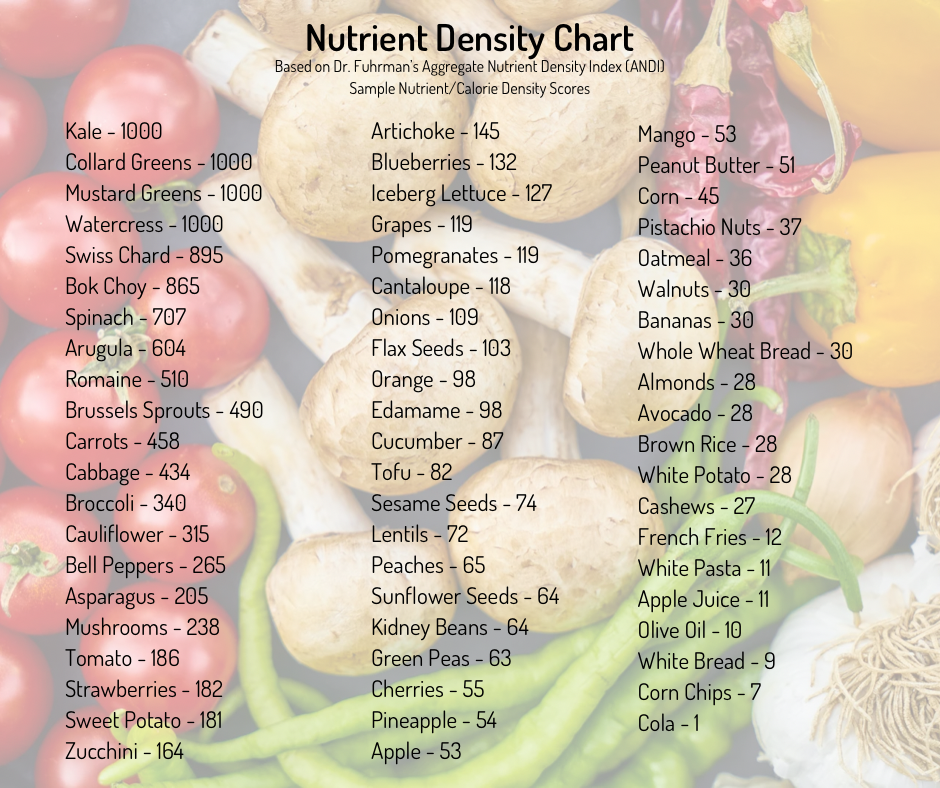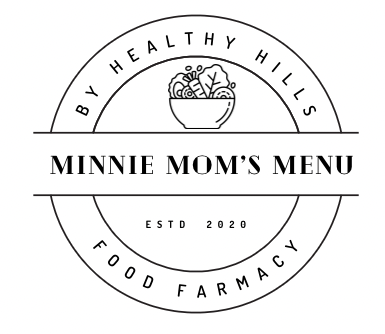Which food choice do you think is better for you – french fries or a baked potato? They are both vegetables. They both have been cooked. But the baked potato has less fat and calories and if you eat the skin of the potato, you are taking in more vitamins and minerals. So it would be safe to say the baked potato is more nutrient dense.
Nutrient density refers to the level of vitamins and minerals present in the food. And when you are dieting, you want to make every bite of food count as far as nutrient density. The more nutrients you take in, the healthier you are and the less you crave the not-so-healthy foods. Fortunately, the majority of nutrient dense foods are low in calories. Let’s take a look at some of those foods and how to incorporate them into your diet.
No matter what kind of diet you are on – Atkins, South Beach, Paleo, Weight Watchers – they are all going to emphasize nutrient dense foods that are high in water content and low in calories. In other words, lots of vegetables and fruits! These two food groups have the most in terms of how many vitamins and minerals they pack into their structures versus other foods. Apples, carrots, spinach, and kale are all examples of low calorie foods that pack a nutritional wallop with little calorie counts.
So why not potato chips? It’s made from potatoes, right? That’s a vegetable. But in this circumstance, the potato’s water content has been replaced with fat content and along with it, a good portion of nutrients. You end up with something that began as a healthy potato, but got processed into an altered food that barely resembles what it started out as. It’s now higher in fat, calories, possibly sodium and definitely missing a good chunk of its minerals and vitamins. Definitely not a good food choice when you are trying to lose weight.
Nuts, and seeds also pack a lot of nutrients in their structures as well, but you have to be a little more careful when incorporating them into your diet. These particular foods have a tendency to be fat dense as well as nutrient dense, so it is very easy to eat too much. A handful of nuts per day is sufficient to take advantage of the nutrient density without tipping into weight gain territory.
Here is a chart which indicates the nutrient density of common foods ranked from most nutrient dense to least:

When making choices about food, it is best to strive for items that have a higher nutrient density over foods that contain more ”empty calories” like cola. Referring to a chart such as this one can help you make better choices to reap the maximum benefits from the nutrients in our food leading to more nutritious and fulfilling meals.




